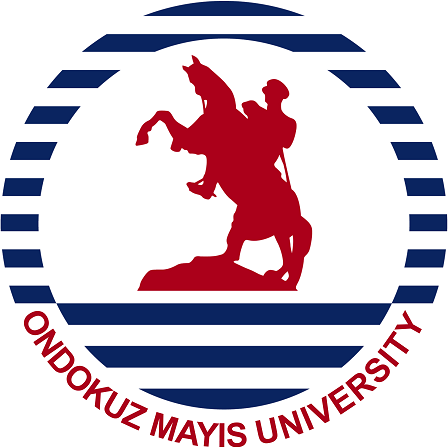1- Understands the production processes of radio, television, and cinema, the technical equipment used in these processes, and the creative approaches.
2- Acquires academic, cultural, artistic, and technical knowledge within the context of interdisciplinary theories in the field of communication, and possesses the ability to apply these knowledge.
3- Plans and implements production processes in the fields of radio, television, and cinema.
4- Interprets the fundamental concepts, theories, approaches, and field of study in communication sciences with an analytical and critical perspective.
5- Develops an understanding of responsible broadcasting by integrating national and international legal norms, professional ethical principles, human rights, cultural diversity, the public interest, and public service, which media professionals must observe.
6- Follows developments in the visual arts and design in the contemporary world, and designs and produces all types of audiovisual content (radio, television, film, documentaries, commercials, title sequences, etc.) based on knowledge and aesthetic understanding.
7- Identifies learning needs and guides the learning process.
8- By following developments in the field, fosters a positive attitude towards lifelong learning, continuously improves oneself, and generates solutions to potential problems.
9- Develops practical media projects by identifying the sector and non-governmental organizations as active stakeholders.
10- They can share their thoughts and proposed solutions to problems on matters related to their field, supported by quantitative and qualitative data, with both experts and non-experts.
11- They understand the importance of their field and the social impact of knowledge generation in this field, and the resulting products. They acquire knowledge and insights regarding the audience/listener/user structure of the medium and its production objectives.
12- They organize and implement projects and events for their social environment with a sense of social responsibility.
13- They implement a project in radio, television, and cinema by following the design, shooting, and post-shooting stages.
14- They express themselves verbally and in writing by following developments, new approaches, and research in the field of communication and media studies in Turkish and at least one foreign language.
15- They produce web-based publications with an aesthetic awareness in the visual and audio fields.
